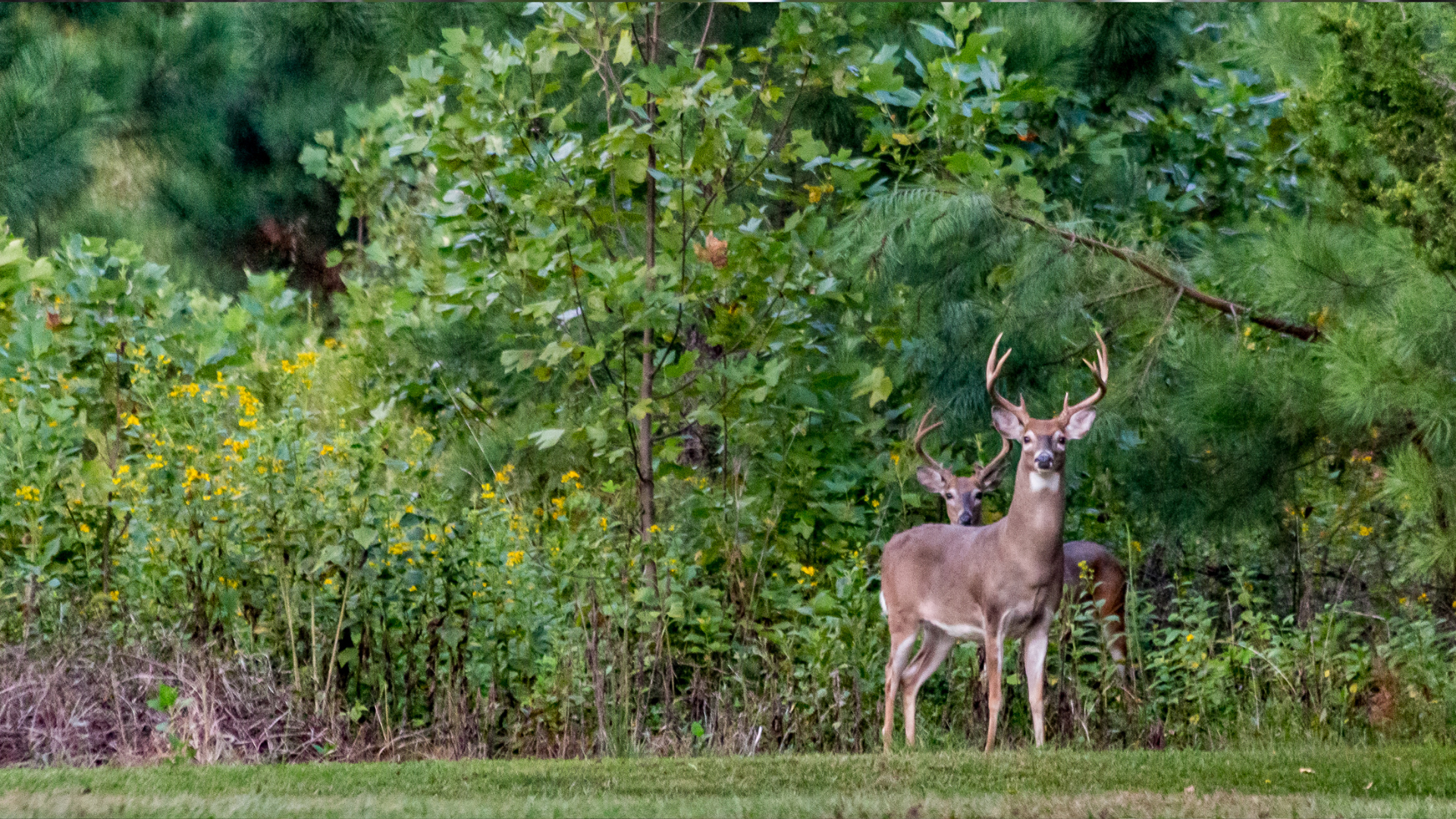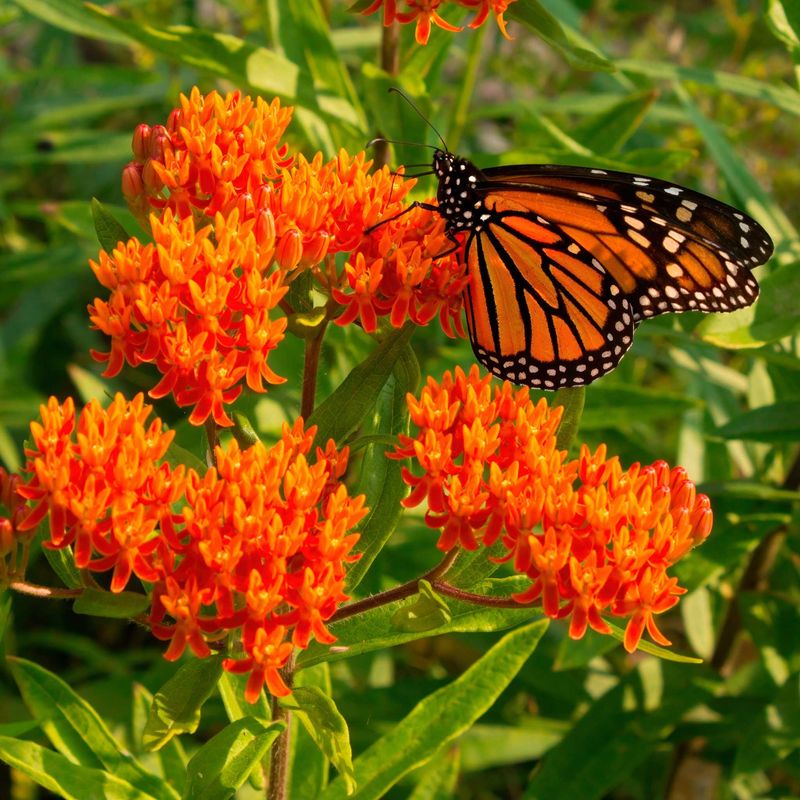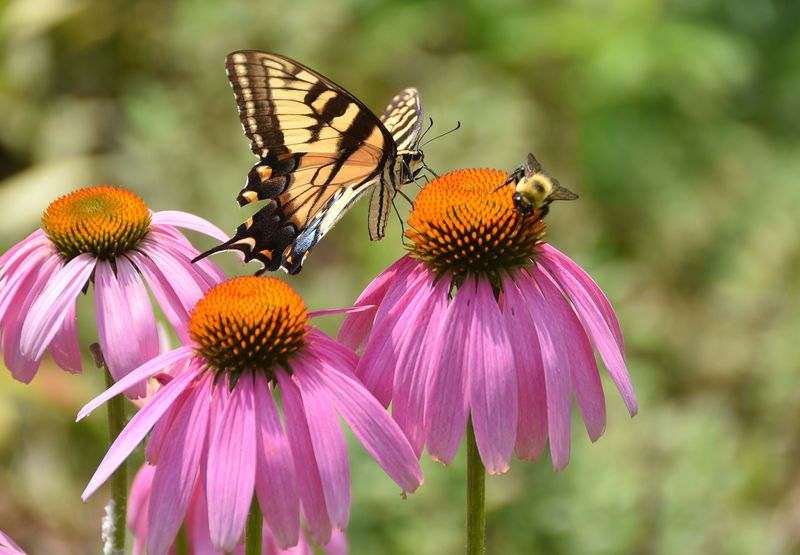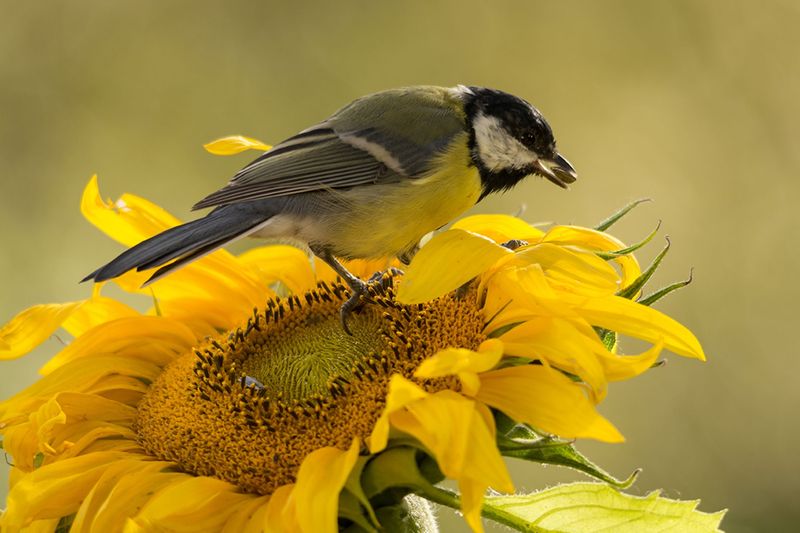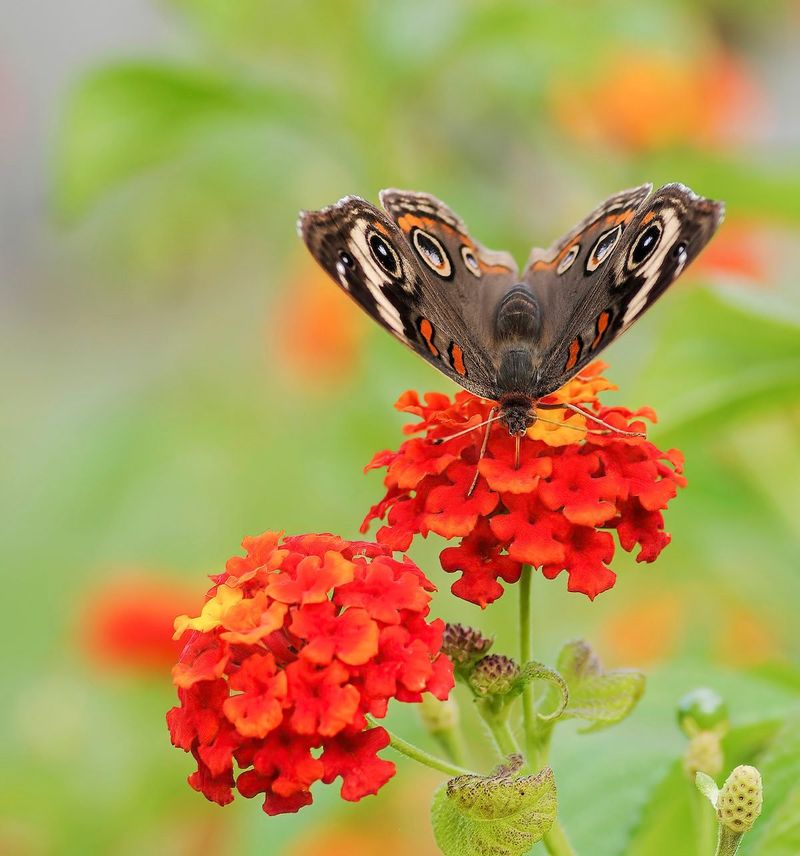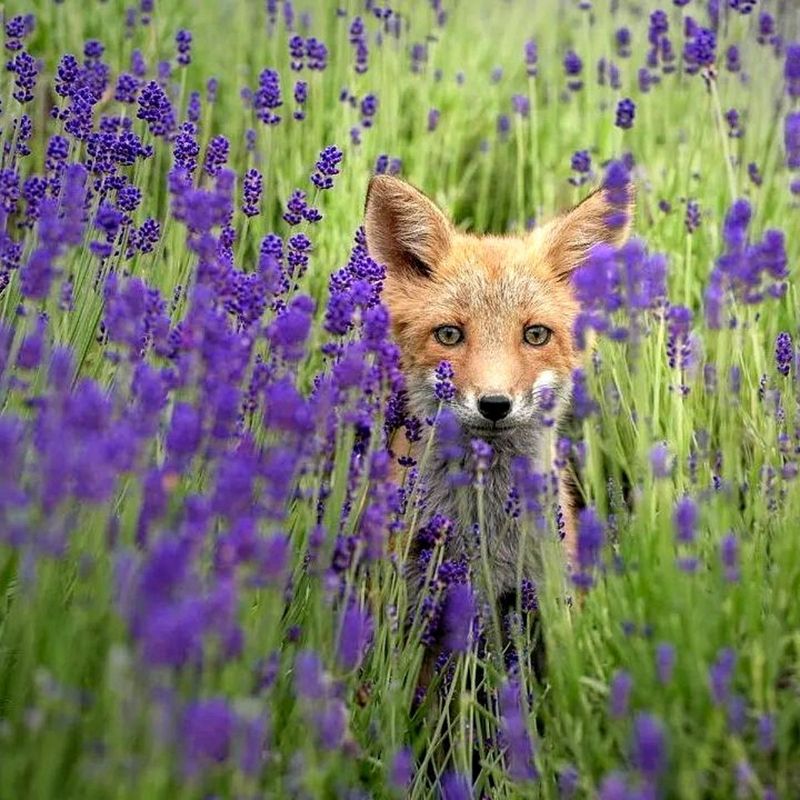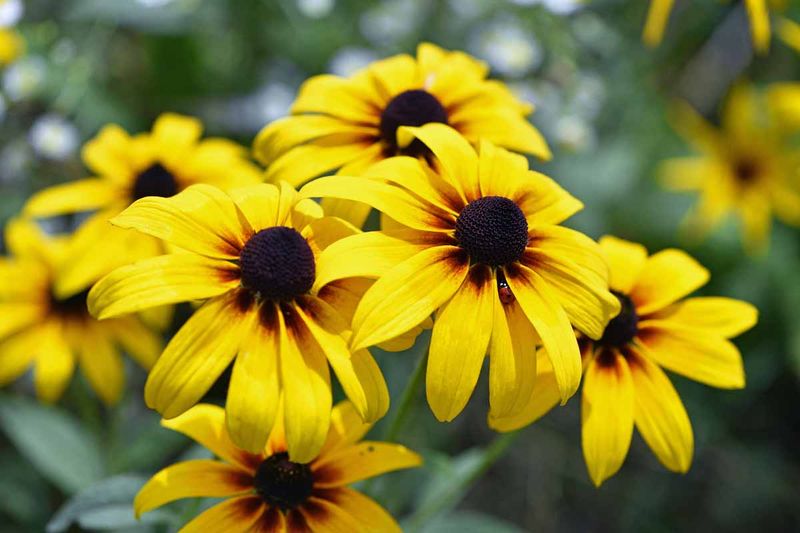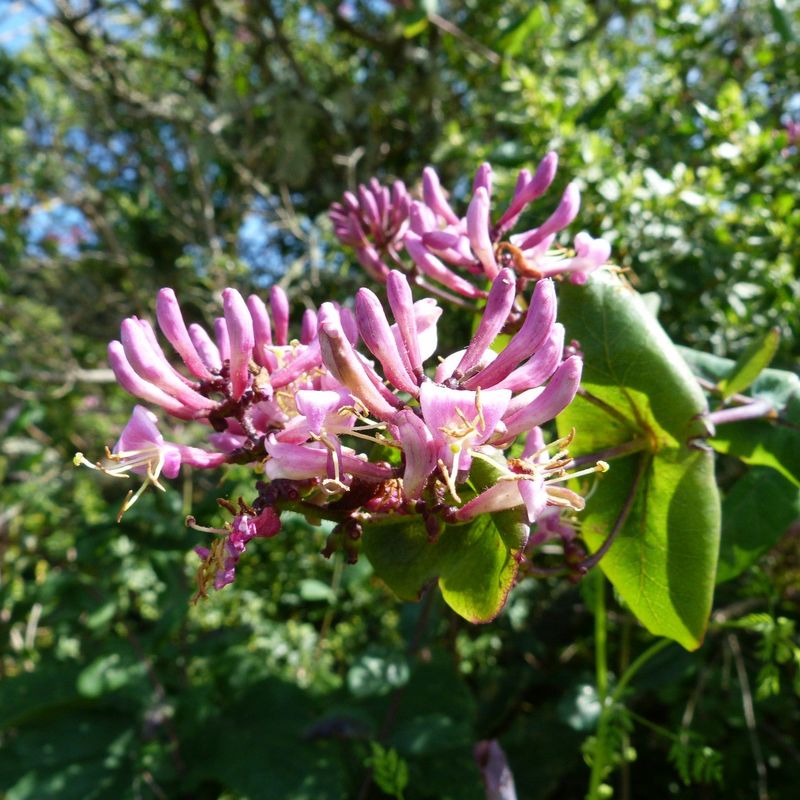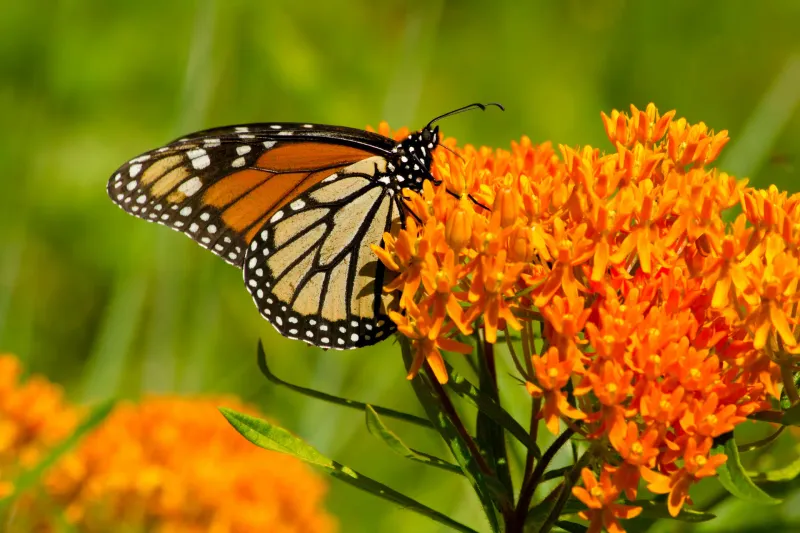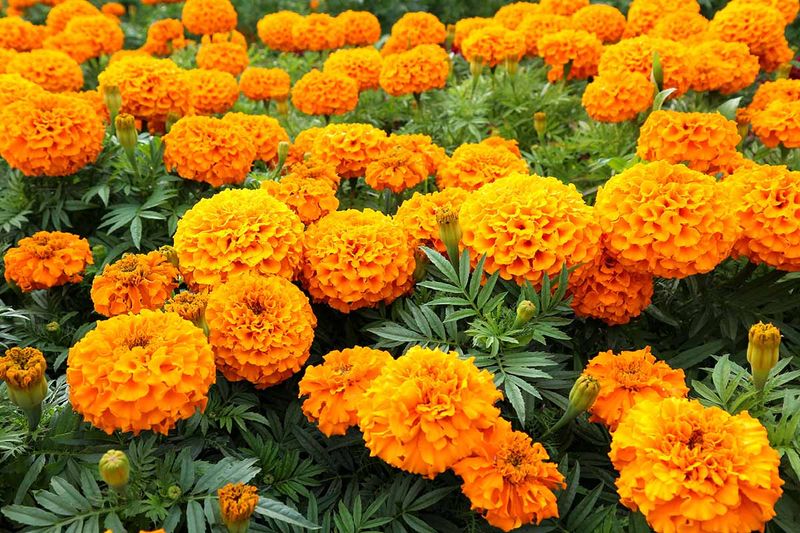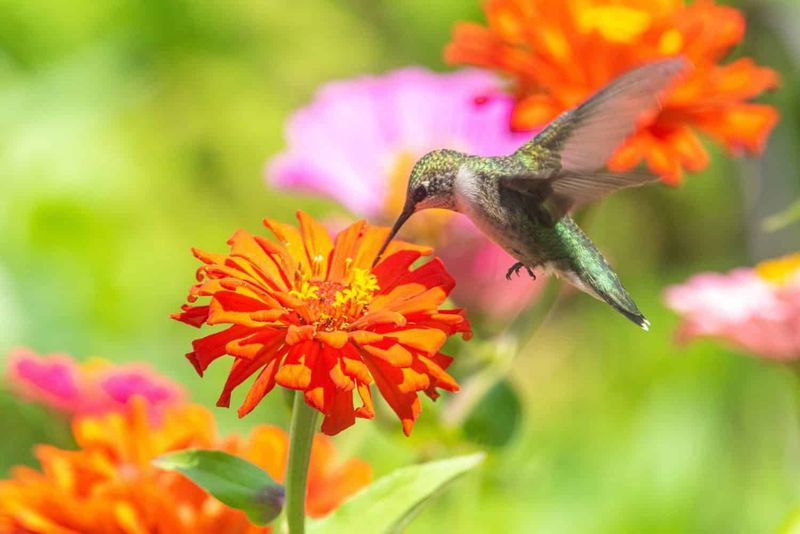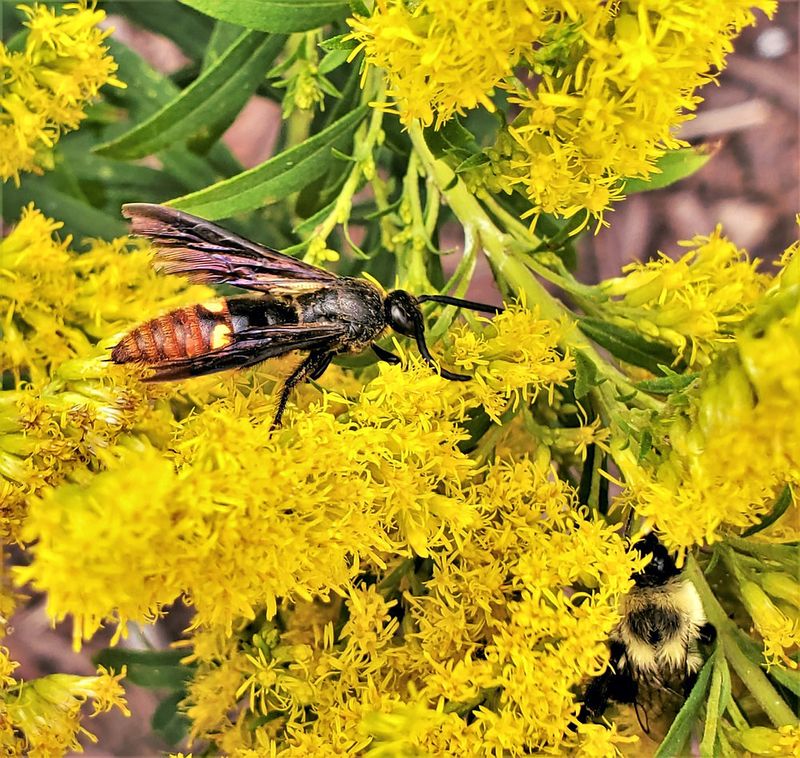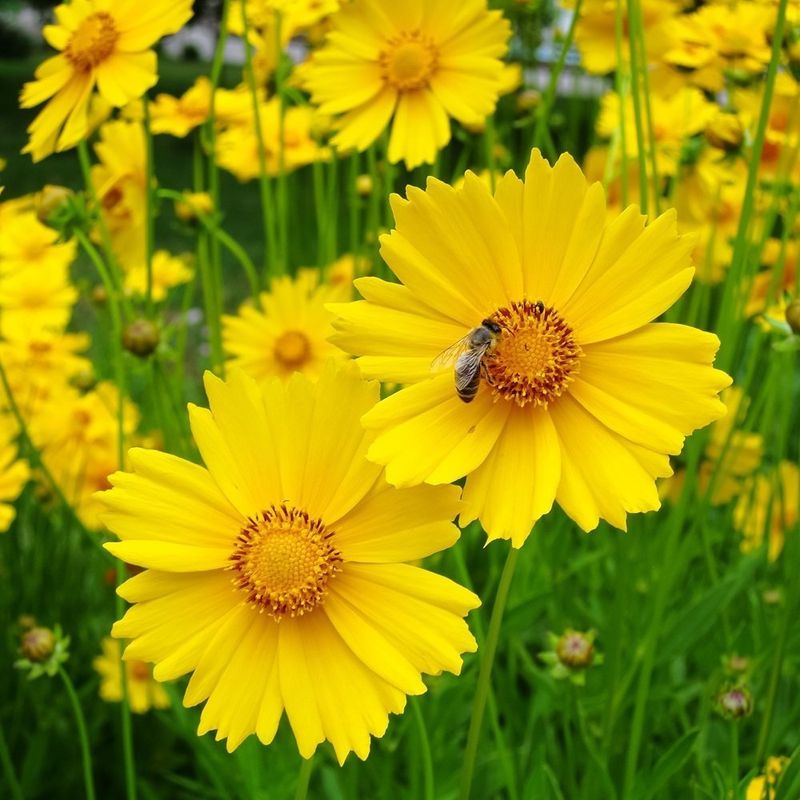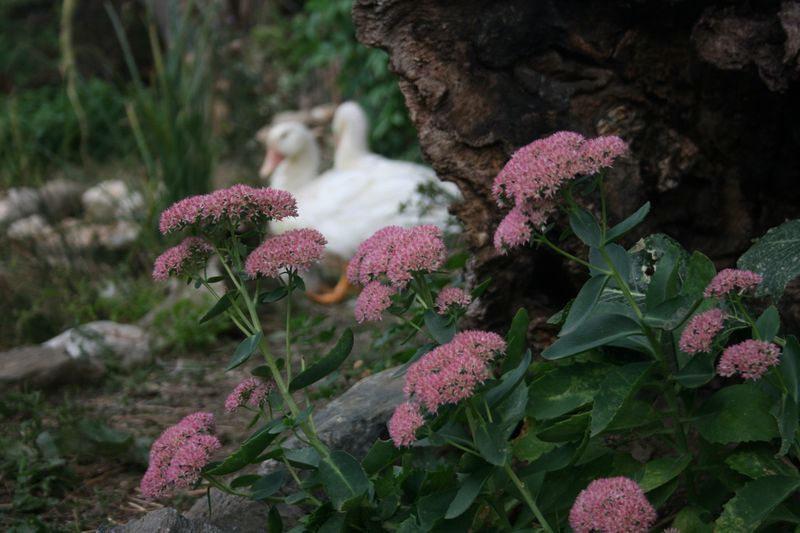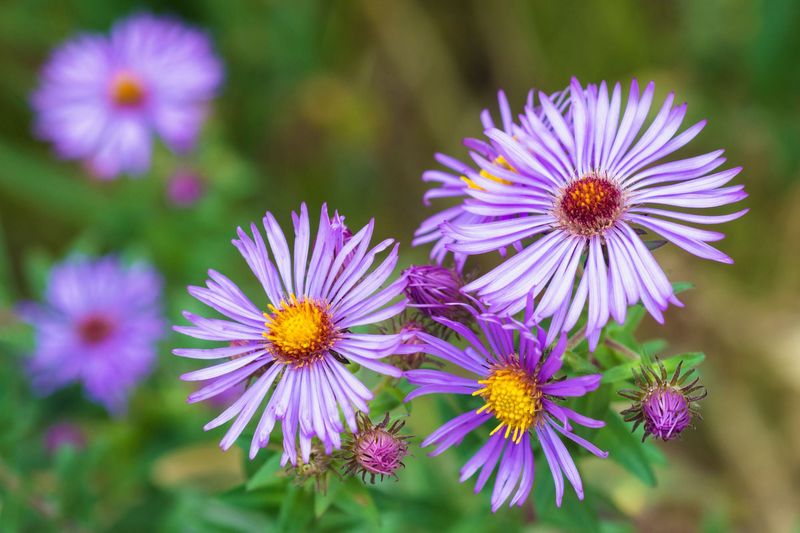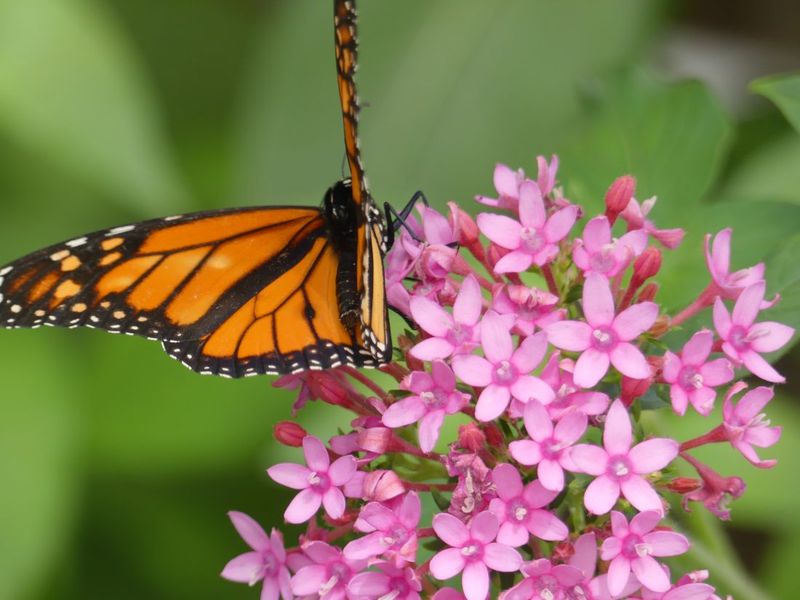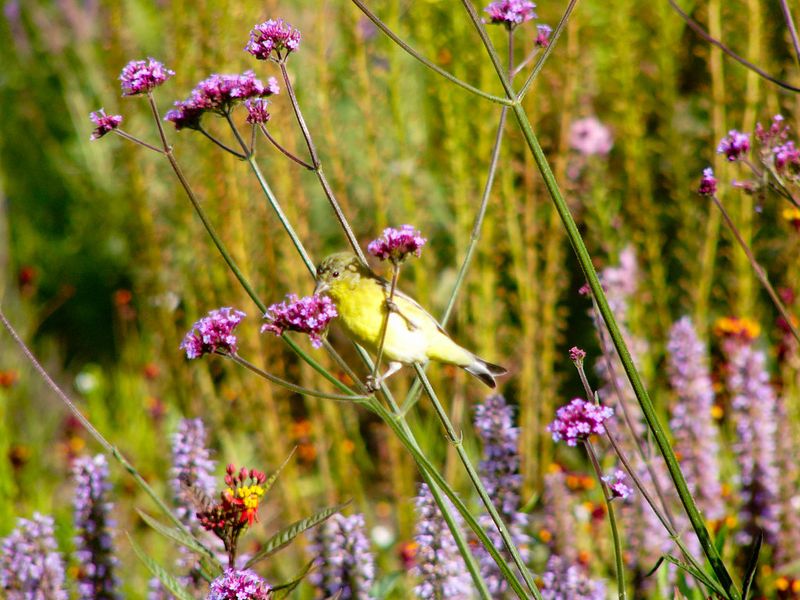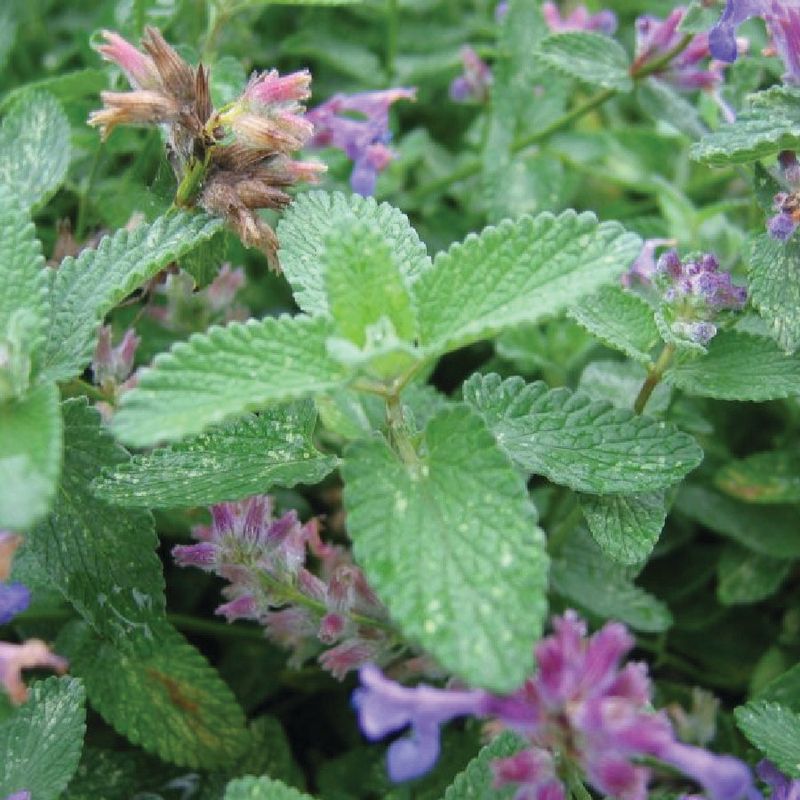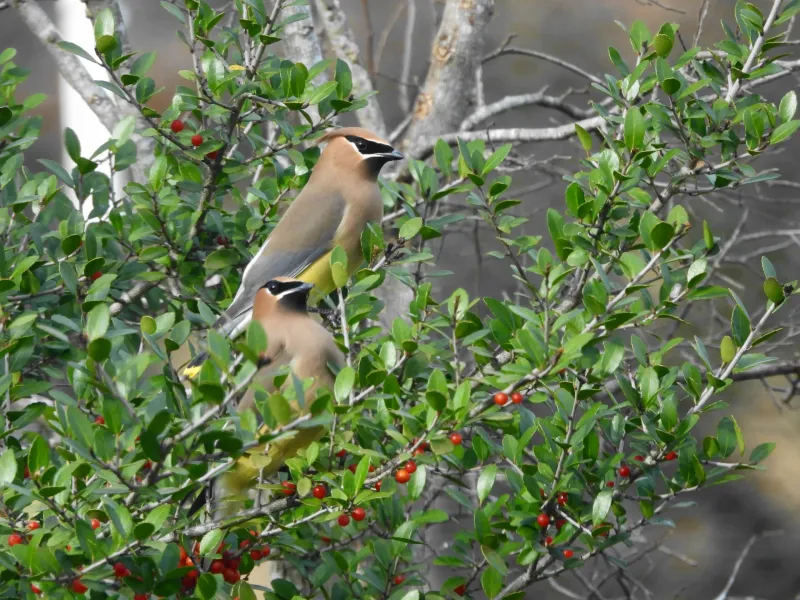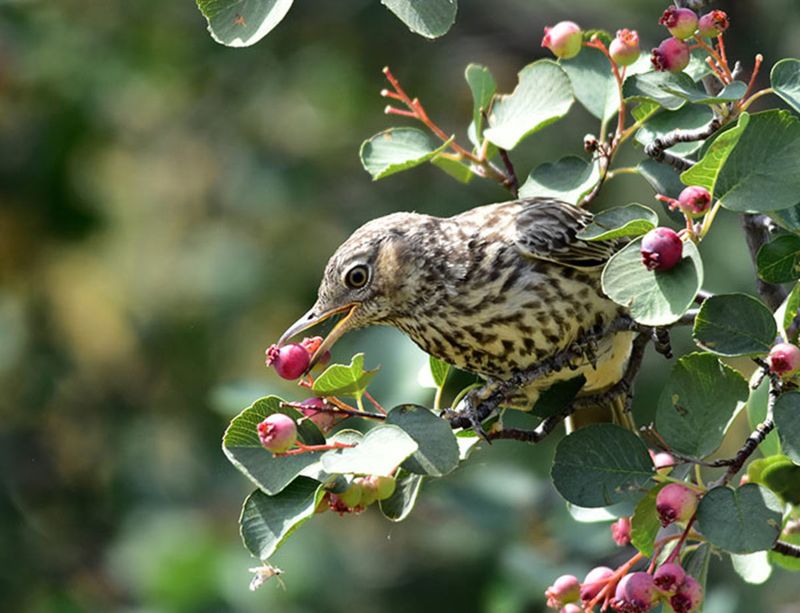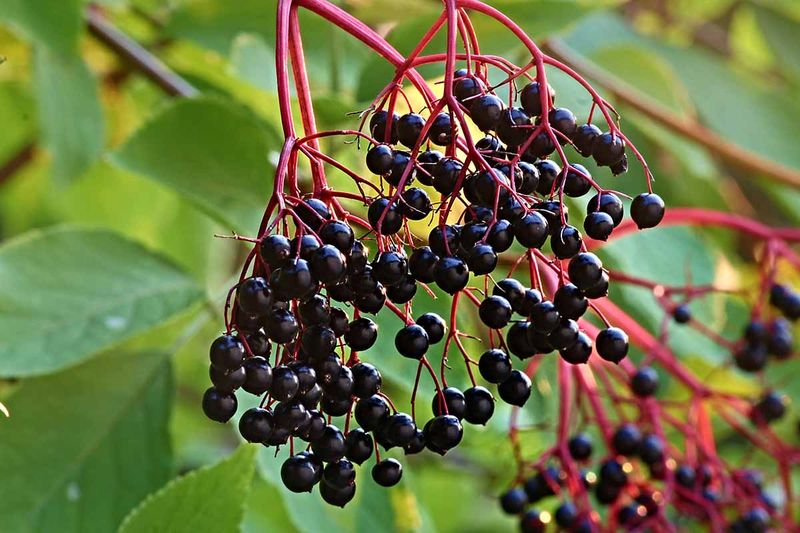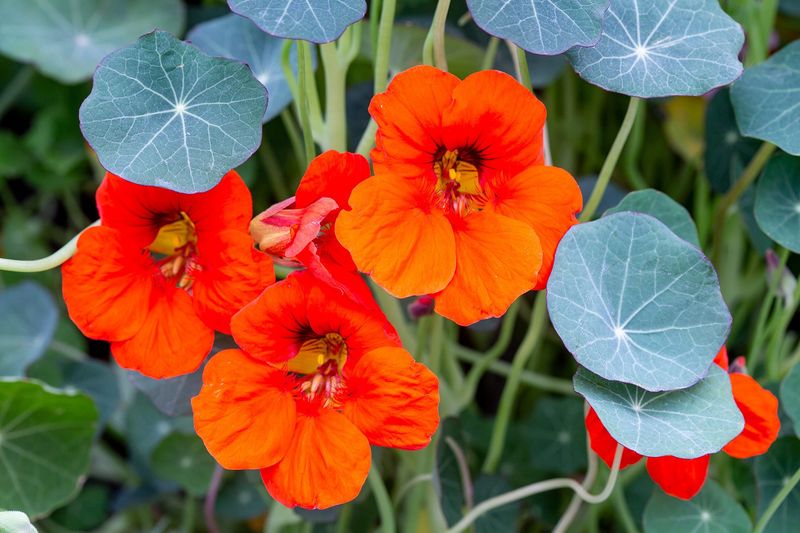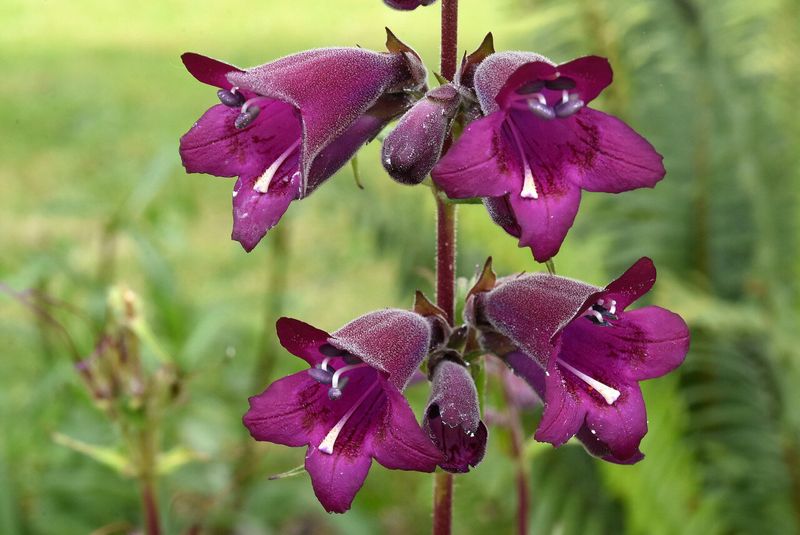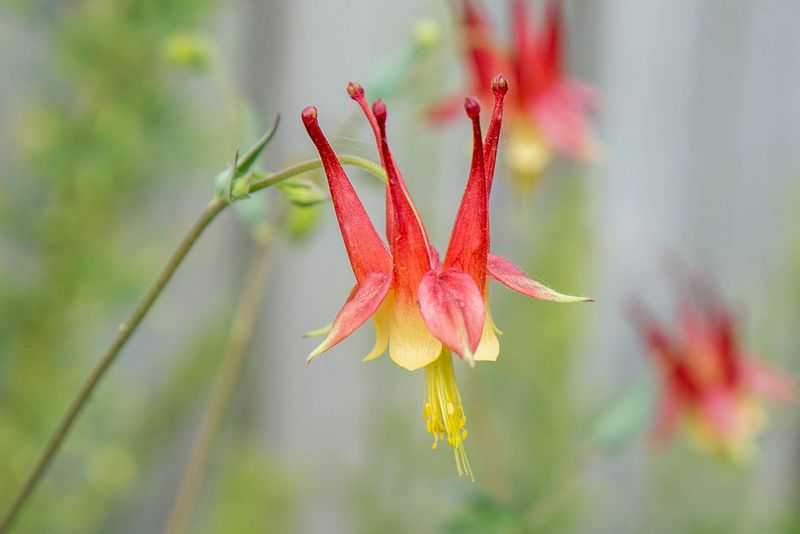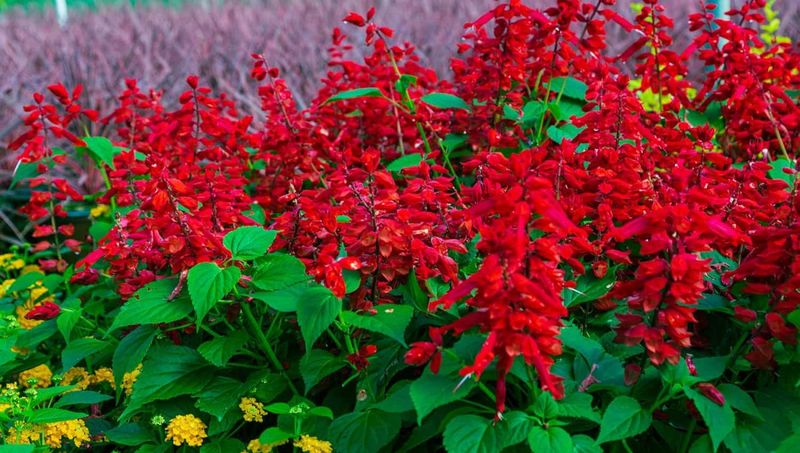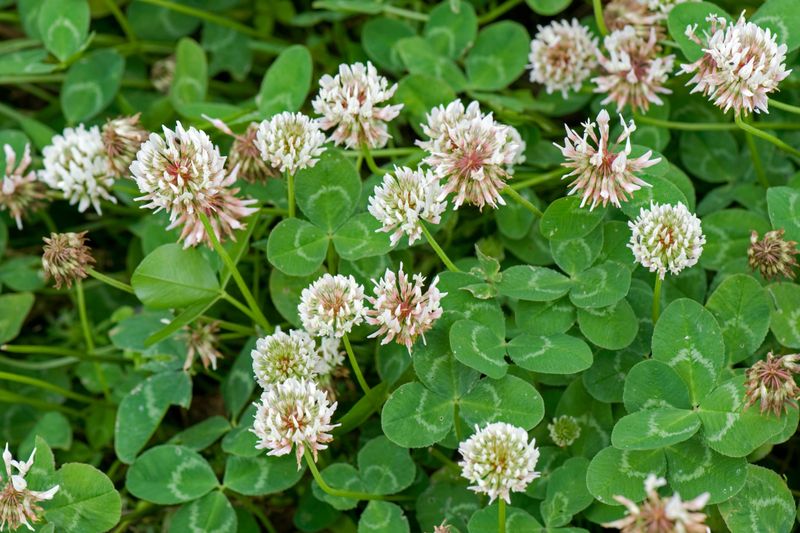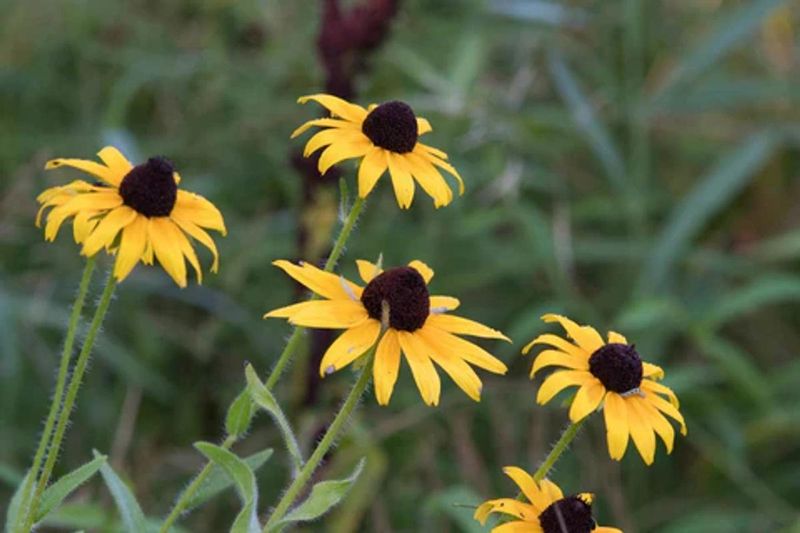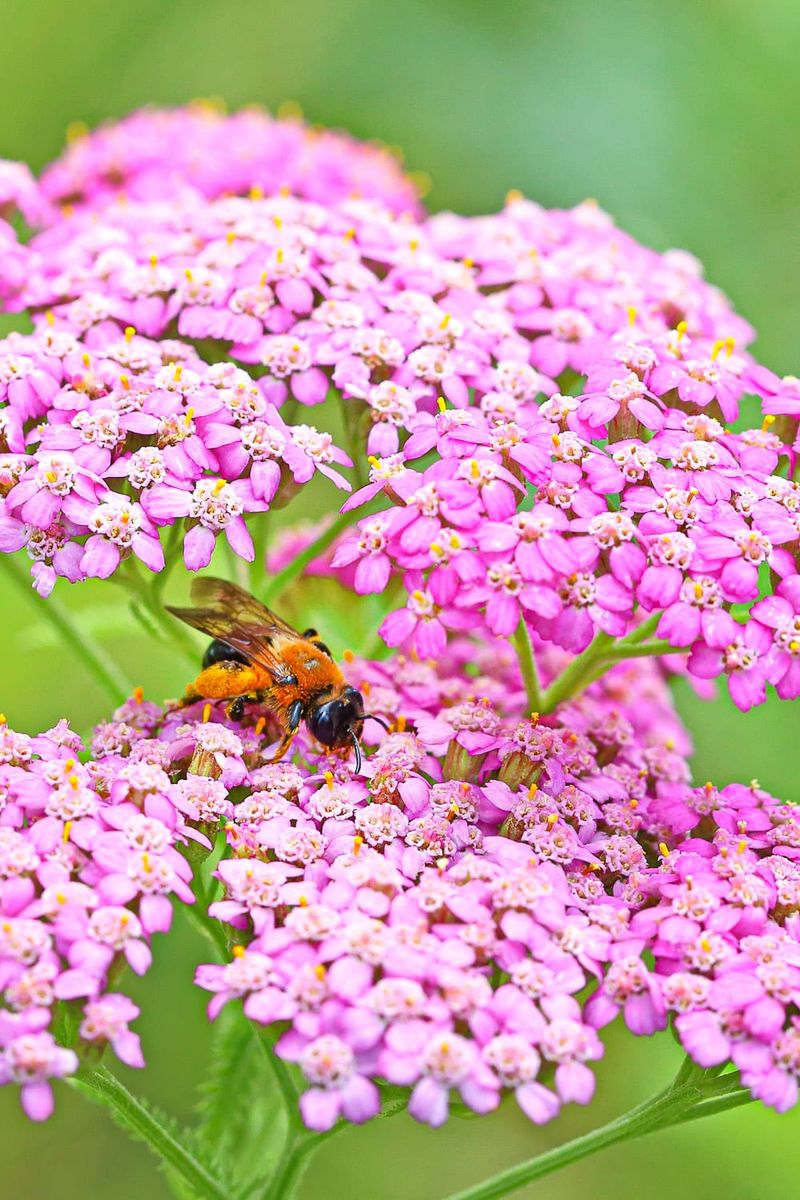Ever had your backyard feel like a scene from a wildlife documentary? I did, and it all started when I unknowingly planted a few wildlife magnets in my garden.
One minute, I was enjoying a peaceful cup of coffee, and the next, I had bees, butterflies, and even a few unexpected furry visitors crashing my garden party.
I had no idea that a few simple plants could turn my space into the busiest backyard in the neighborhood! Get ready to discover 33 backyard plants that are perfect for attracting all kinds of critters.
1. Milkweed
A green leafy patch that seems ordinary until you notice the monarch butterflies. Milkweed is their favorite stopover for a reason.
Its leaves are the sole food source for monarch caterpillars, turning your backyard into a butterfly nursery. What’s more, the flowers attract all sorts of pollinators, making it a buzzing hub of activity.
It’s like hosting a butterfly daycare right in your garden. If you’re passionate about helping out the monarchs, this is a must-have plant in your garden.
2. Coneflower
You might see these daisy-like flowers swaying in the breeze and think they’re just another pretty face. But coneflowers have a secret – they’re a magnet for bees and butterflies.
Their sturdy centers offer easy access to nectar, drawing in pollinators by the dozen. Post-bloom, birds flock to feast on their seeds, turning your garden into a lively scene.
Whether you’re aiming to boost pollinator numbers or entertain local birds, coneflowers are a hardworking option.
3. Sunflower
Looking like the sun on a stick, these cheery giants are not just for admiring. Sunflowers provide a snack bar for birds with their seed-laden heads.
As the blooms mature, you’ll see finches and sparrows enjoying a feast. Their towering height also provides some shade, making them a multifunctional addition.
Plant a few, and you’ve got yourself a mini bird café. It’s almost like having a nature channel live in your backyard! Great for anyone looking to support local wildlife.
4. Lantana
At first glance, these clusters of small, colorful blooms might seem simply decorative. However, lantanas offer a sweet treat for butterflies and hummingbirds.
Their dense flowers are rich in nectar, providing a constant food source. Plus, the berries that follow the blooms are irresistible to birds. It’s a two-for-one special.
Just watch out, as the berries can be toxic to pets and humans. Still, if it’s wildlife you’re after, lantanas are a great choice.
5. Bee Balm
I’ve noticed that whenever I walk through my garden, there’s this refreshing minty scent in the air, thanks to my bee balm!
The bees are always buzzing around, and I’ve even spotted a few hummingbirds zipping by for a quick nectar fix. And the pollinators absolutely love them!
It’s a joy to watch as they visit regularly. If you want a garden that’s both beautiful and buzzing with life, bee balm is the way to go!
6. Joe-Pye Weed
Tall and unassuming until they burst into bloom, joe-pye weed draws in butterflies with its floriferous display. The plant’s nectar-rich flowers attract a variety of pollinators, creating a fluttering spectacle.
Though it looks like a weed, its benefits are anything but ordinary. Come autumn, its seeds feed birds, adding another layer of wildlife attraction.
An excellent choice if you want a plant that works double duty. It’s the quiet achiever of the garden, providing year-round interest.
7. Lavender
The scent of tranquility with a backdrop of buzzing bees. Lavender isn’t just good for sachets but is a favorite among bees and butterflies too.
Its aromatic flowers are a haven for pollinators, making it a must-have for any wildlife-friendly garden. Once the blooms fade, the plant offers shelter to many beneficial insects.
If you’re aiming for a peaceful garden that also supports local wildlife, lavender is your go-to plant. Not to mention, it’s low-maintenance and drought-tolerant.
8. Black-eyed Susan
These bright yellow blooms might remind you of childhood summers. Black-eyed Susans are irresistible to pollinators and provide seeds for birds after flowering.
Their long-lasting blooms offer a continuous food source, ensuring your garden stays lively. By planting these, you’re offering a buffet for bees, butterflies, and birds alike.
They’re hardy and easy to grow, making them a favorite for both novice and experienced gardeners. A cheerful addition to any backyard, supporting a range of wildlife.
9. Buddleia
What’s that bush with the swarming butterflies? Buddleia, or butterfly bush, is aptly named for its ability to attract a crowd.
Its honey-scented flowers lure butterflies from near and far, making it a garden showstopper. The blooms offer a steady supply of nectar, which explains the constant flurry of wings.
With minimal care, this plant can turn any space into a butterfly haven. Just be cautious, as some varieties can become invasive. Otherwise, it’s a top pick for butterfly enthusiasts.
10. Honeysuckle
A scent so sweet, it brings back childhood memories of sipping nectar. Honeysuckle’s fragrant, tubular flowers are a magnet for hummingbirds and bees, offering a nectar-rich feast.
The plant’s climbing nature allows it to cover fences and trellises, adding vertical interest. Post-bloom, birds also enjoy the berries.
A great choice for anyone looking to add both fragrance and wildlife interest to their backyard. It’s like hosting a party for your winged friends, with honeysuckle as the main event.
11. Butterfly Weed
Is it a weed or a butterfly hotspot? Butterfly weed, with its striking orange flowers, is a crucial plant for monarchs. It offers both a breeding ground and a food source.
The nectar-rich blooms attract a variety of pollinators, creating a lively scene. Despite its name, this plant is no nuisance in the garden.
It’s a low-maintenance addition that supports wildlife and adds a pop of color. If you’re eager to see more butterflies, butterfly weed is an undeniable favorite.
12. Marigold
Not only do their bright orange blooms bring a cheerful vibe, but they also attract the good bugs! I’ve had ladybugs and lacewings show up, and trust me, they’re doing a solid job of keeping pests in check.
Plus, the scent of marigolds seems to repel those pesky critters, which is a major win. I love planting them near my veggies. They help with growth and keep everything buzzing along smoothly.
A perfect blend of beauty and functionality!
13. Zinnia
Colors that pop like a painter’s palette. Zinnias are a feast for the eyes and a favorite for butterflies and bees.
Their blooms offer a continuous source of nectar, ensuring a constant stream of visitors. The more you plant, the more wildlife you’ll attract, making them a fantastic option for large spaces.
They’re also easy to grow from seed, providing beauty with minimal effort. Zinnias truly are a gardener’s delight, bringing color and life to any backyard.
14. Goldenrod
A golden carpet swaying in the wind, but this isn’t just a weed. Goldenrod is a vital source of late-season nectar for bees and butterflies.
Its golden blooms light up the garden while supporting a wide range of pollinators. Come fall, its seeds provide for birds, adding to its appeal.
Despite its reputation, goldenrod is not the cause of hay fever, which is often mistaken due to its timing. A fantastic plant for anyone looking to extend their garden’s wildlife interest.
15. Coreopsis
A sea of yellow that dances in the breeze. Coreopsis is a favorite for bees and butterflies, offering abundant nectar.
Its long blooming period ensures a lively garden scene throughout the growing season. Birds also enjoy its seeds, adding another dimension to its wildlife appeal.
Easy to care for and drought-tolerant, coreopsis is a go-to for gardeners looking to support wildlife with minimal effort. Its cheerful flowers brighten any space, making it a popular choice for pollinator gardens.
16. Sedum
A succulent surprise that unfolds in late summer. Sedum’s star-shaped flowers are a magnet for pollinators, especially late in the season when other blooms fade.
Bees and butterflies flock to its nectar-rich clusters, creating a lively spectacle. It’s a hardy plant that thrives in tough conditions, making it perfect for rock gardens.
If you’re looking for a low-maintenance option that supports wildlife, sedum is a stellar choice. Its ability to withstand drought makes it a practical addition to any garden.
17. Aster
Asters have become my go-to fall bloomers, and let me tell you, they’re a hit with both me and the pollinators!
I love how their colors pop just when the rest of the garden is winding down for the season. What’s even better? They draw in butterflies and bees like a magnet, keeping the garden buzzing well into fall.
And once winter rolls around, their seeds become a tasty treat for the birds. If you want to keep your garden alive and thriving through autumn, asters are a must!
18. Phlox
A fragrant floral carpet that welcomes visitors with open petals. Phlox offers a nectar-rich banquet for butterflies and hummingbirds.
Its sweet scent and colorful blooms make it a garden favorite, while also supporting local wildlife. The plant’s dense clusters create a display that persists throughout the season.
Perfect for cottage gardens, phlox is both beautiful and beneficial. Whether you’re a seasoned gardener or just starting out, it’s a great choice for attracting a range of pollinators.
19. Verbena
Verbena is a powerhouse when it comes to attracting pollinators. Its nectar-rich flowers are perfect for bees and butterflies, making it a key player in any wildlife-friendly garden.
The sprawling nature of verbena allows it to fill spaces and add texture. With minimal care, it can provide a continuous show of color and life.
If you’re looking for a plant that offers more than just beauty, verbena is a top contender.
20. Catmint
A soothing herb that’s more than just a cat’s delight. Catmint’s aromatic leaves and purple flowers attract bees and butterflies, offering a source of nectar.
It’s a plant that can withstand drought and poor soil, making it ideal for tough spots. Beyond its wildlife appeal, catmint also provides a calming scent and soft texture.
A versatile addition to any garden, it’s perfect for borders or filling in gaps. Whether you’re a cat lover or not, catmint is a garden favorite.
21. Holly
Holly’s bright red berries provide winter food for birds when resources are scarce. Its dense foliage offers shelter, making it a haven for wildlife.
While its prickly leaves might deter some, the benefits far outweigh the drawbacks. Holly adds structure and interest year-round, while supporting local fauna.
Whether in a formal setting or a naturalistic garden, holly is a valuable addition. Its seasonal appeal makes it a standout.
22. Serviceberry
Delicate flowers that announce the arrival of spring. Serviceberry is a multi-season wonder, offering blooms, berries, and brilliant foliage.
In spring, its flowers attract pollinators, while summer brings berries that birds adore. Come fall, the leaves put on a colorful show. It’s a plant that truly offers something for every season.
If you’re looking to support wildlife year-round, serviceberry is a fantastic choice. Its versatility and beauty make it a staple in any wildlife-friendly garden.
23. Elderberry
A berry bonanza that’s more than just a forager’s delight. Elderberry’s clusters of white flowers attract bees and butterflies, while its berries feed birds in late summer.
It’s a plant that supports wildlife throughout the growing season. Easy to grow and versatile, elderberry can be used in hedgerows or as a standalone feature.
Beyond its wildlife appeal, its berries are also used in culinary creations. If you’re looking for a plant that offers beauty and bounty, elderberry is a top pick.
24. Nasturtium
Nasturtiums have quickly become one of my favorite plants in the garden! Not only are the bright flowers a feast for the eyes, but I can also toss the peppery leaves into my salad for an extra kick.
I was amazed to find how much the bees love them too. Every time I step out, there’s always a buzz around the flowers.
Plus, they’re great for keeping pests away from my veggies, almost like nature’s little bodyguards. If you’re looking for something that’s both beautiful and practical, nasturtiums are a win!
25. Penstemon
A floral display that’s sure to draw a crowd. Penstemon’s tubular flowers are perfect for hummingbirds, offering a nectar-filled feast.
Its striking blooms create a backdrop while supporting wildlife. The plant is drought-tolerant and thrives in well-drained soil, making it ideal for rock gardens or dry spots.
If you’re aiming to attract hummingbirds, penstemon is an excellent choice. Its low-maintenance nature and eye-catching flowers make it a garden favorite.
26. Columbine
A woodland wonder that dances in the breeze. Columbine’s unique flower shape and colors make it a favorite for bees and butterflies.
Its nectar-rich blooms offer sustenance, while its airy foliage adds texture. Perfect for shaded gardens, columbine thrives in naturalistic settings.
If you’re looking to add interest and support pollinators, columbine is a top pick. Its enchanting flowers and low-maintenance nature make it a delight for any gardener.
27. Salvia
A perennial powerhouse that’s hard to ignore. Salvia’s spikes of flowers are a hit with bees, butterflies, and hummingbirds, offering a rich source of nectar.
Its long blooming period ensures a lively garden scene throughout the season. The plant’s aromatic foliage adds another layer of interest.
Easy to grow and drought-tolerant, salvia is a versatile addition to any garden. Whether for wildlife or beauty, it’s a reliable choice. Its blooms make it a standout feature.
28. Clover
A humble ground cover that’s anything but ordinary. Clover’s small white flowers are a favorite for bees, providing a steady source of nectar.
It improves soil health by fixing nitrogen and can reduce the need for fertilizers. Perfect for lawn alternatives, clover creates a wildlife-friendly carpet that attracts pollinators.
Its low-growing habit makes it ideal for filling gaps in borders or between stepping stones. If you’re seeking a plant that’s both practical and pretty, clover is a top choice.
29. Fennel
A culinary herb with a wild side. Fennel’s feathery foliage and yellow flowers attract a variety of pollinators, offering nectar and habitat.
Beyond its wildlife appeal, fennel is a kitchen staple, adding flavor to dishes. Its tall, airy structure provides a backdrop for other plants, while supporting beneficial insects.
If you’re looking for a plant that offers both beauty and bounty, fennel is a fantastic choice. Easy to grow and versatile, it’s a must-have in any garden.
30. Rudbeckia
Rudbeckia has been a game-changer in my garden. The bees seem to have a party every time they open up, and I’ve even seen a few finches enjoying the seeds come fall.
They’re so easy to grow, and I love how they thrive even when I forget to water them during dry spells. The best part? They keep coming back year after year.
If you’re looking for a plant that brings color, attracts wildlife, and is nearly impossible to kill, rudbeckia is a must-have!
31. Yarrow
Clusters of blooms that add a subtle charm. Yarrow is a magnet for beneficial insects, offering nectar and habitat.
Its feathery foliage and long-lasting flowers create a naturalistic look while supporting pollinators. The plant’s drought tolerance and easy-care nature make it ideal for low-maintenance gardens.
If you’re looking to create a wildlife-friendly space with minimal effort, yarrow is an excellent choice. Its understated beauty and versatility make it a staple in any garden.

